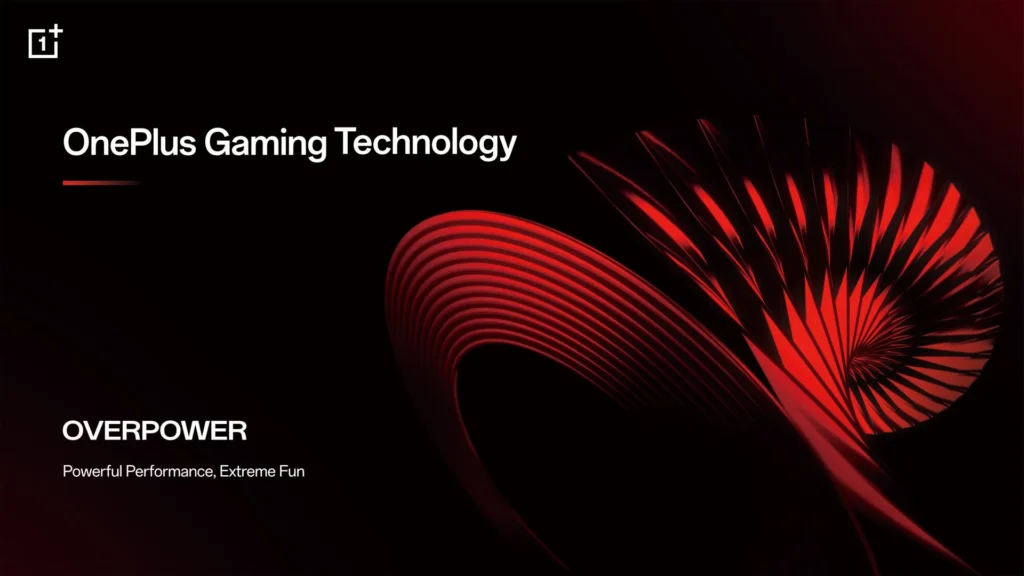OnePlus 15: Mobile Gaming Reimagined with Tri-Chip Architecture and 165 FPS
OnePlus has officially unveiled a brand new technology suite dedicated to mobile gaming called OnePlus Gaming Technology, set to debut with the OnePlus 15 series on November 13 in India.
This initiative marks a turning point for the brand: it’s not just about boosting performance, but rather a complete overhaul of both the software and hardware architecture of the smartphone centered around gaming.
OP Gaming Core: The New Core System
At the heart of this revolution is OP Gaming Core, a performance framework developed in-house by OnePlus. It comprises over 20,000 lines of proprietary code and 250 patents. The aim: to reorganize power management at the base of Android, reducing processor load by more than 20% while maintaining consistent frame rates even in the most demanding games.
The secret? A new task scheduler called OnePlus CPU Scheduler, which replaces the traditional Completely Fair Scheduler used in Android.
This new system reduces CPU instructions required for critical gaming tasks by 22.74%, leading to improved stability and faster responsiveness.
No lag, no limits. #OPGamingCore pic.twitter.com/UKm6QsiA8P
— OnePlus (@oneplus) November 3, 2025
Next-Gen HyperRendering: A Complete Overhaul of the Graphics Pipeline
OnePlus is also introducing a new graphics engine: Next-Gen HyperRendering, an in-house rendering technology that redefines how the GPU pipeline operates.
- +80% efficiency per rendered image.
- Rendering and frame interpolation integrated directly into the main chipset.
- Result: a smooth 120 fps experience, with reduced energy consumption and less overheating.
This approach is similar to that used in high-end gaming PCs, now adapted for the mobile realm.
Performance Tri-Chip System: Three Chips to Dominate Gaming
Alongside the software, OnePlus is introducing a tri-chip hardware architecture called the Performance Tri-Chip System:
- Function Chip: Performance Chip Based on Snapdragon 8 Elite Gen 5, handles heavy calculations and game engine optimizations.
- Touch Chip: A dedicated chip for ultra-fast touch response with instant sampling at 3200 Hz.
- Wi-Fi G2 Chip: Optimizes connectivity through SmartLink technology, maintaining a stable connection even in low-signal areas.
This tri-chip architecture is designed to minimize overall latency, speed up touch commands, and prevent online connection drops.
OP FPS Max and 165 Hz Display: Fluidity Above All
OnePlus is also launching OP FPS Max, a high frame rate ecosystem aimed at maximizing fluidity.
- 165 Hz display with native support for 165 fps.
- Joint adjustments between processor, GPU, and display.
- Compatibility with popular titles optimized for this frame rate.
With this system, OnePlus aims to set a new standard in mobile gaming, competing with dedicated gaming devices like the ASUS ROG Phone or RedMagic.
A Unified Vision of Mobile Gaming
The OnePlus Gaming Technology suite is not just a collection of tools: it represents a complete reimagining of the Android stack to transform OnePlus smartphones into true handheld consoles. “We want to deliver a gaming experience akin to a high-end PC, but in the palm of your hand,” said a representative from OnePlus’s Gaming division.
With software optimization, hardware innovation, and AI integration, this approach positions OnePlus as a key player in high-performance mobile gaming, just ahead of the 2025 holiday season.
OnePlus 15: A Console Disguised as a Smartphone
With the “Gaming Technology” suite, OnePlus is changing the game in the Android universe. Its hybrid approach—combining low-level software engineering, custom hardware, and intelligent graphics optimization—places the OnePlus 15 among the most promising smartphones for gamers.
A smartphone, three chips, zero compromise: OnePlus aims to redefine mobile gaming.




